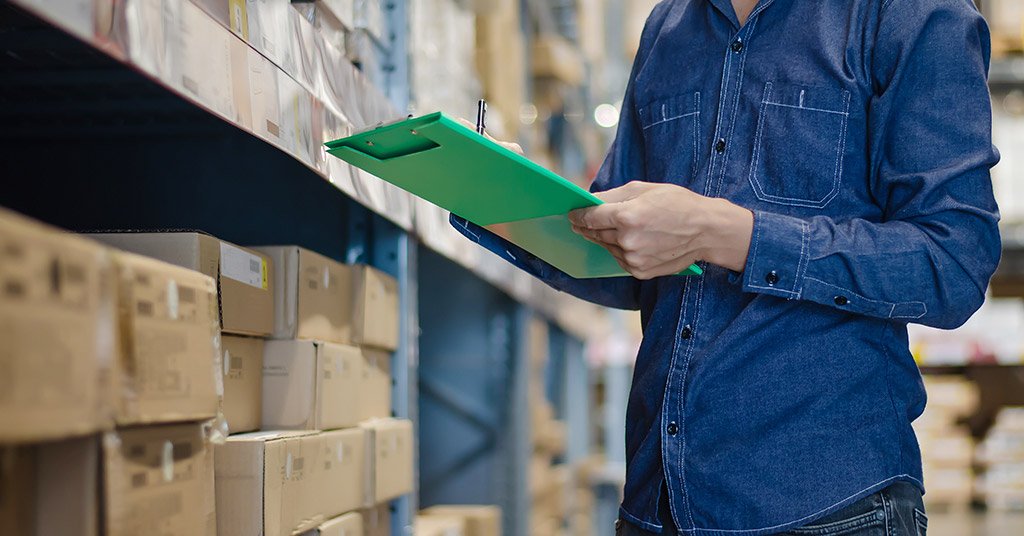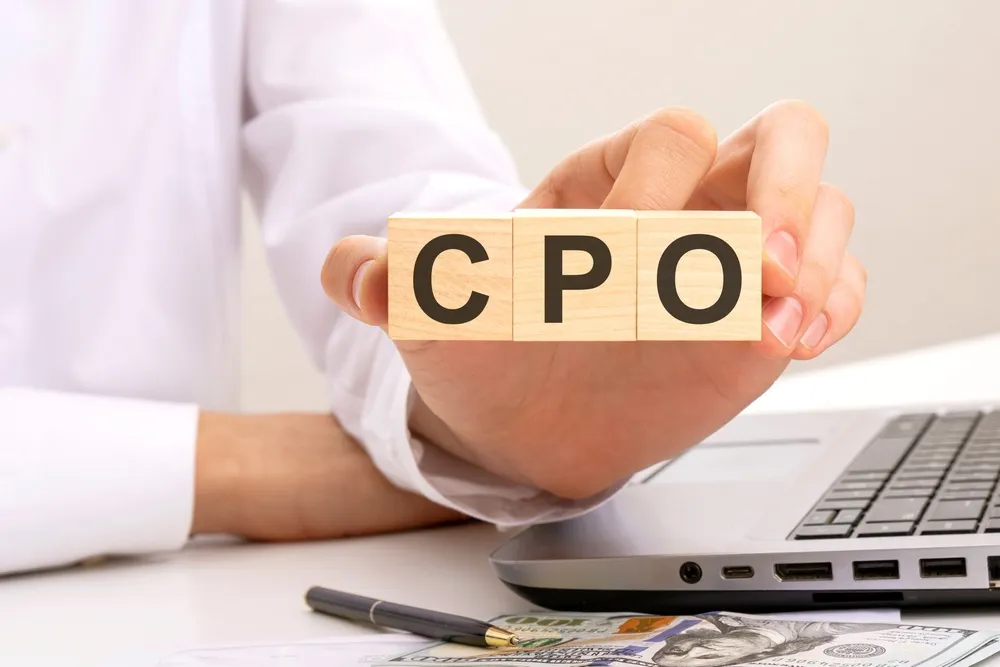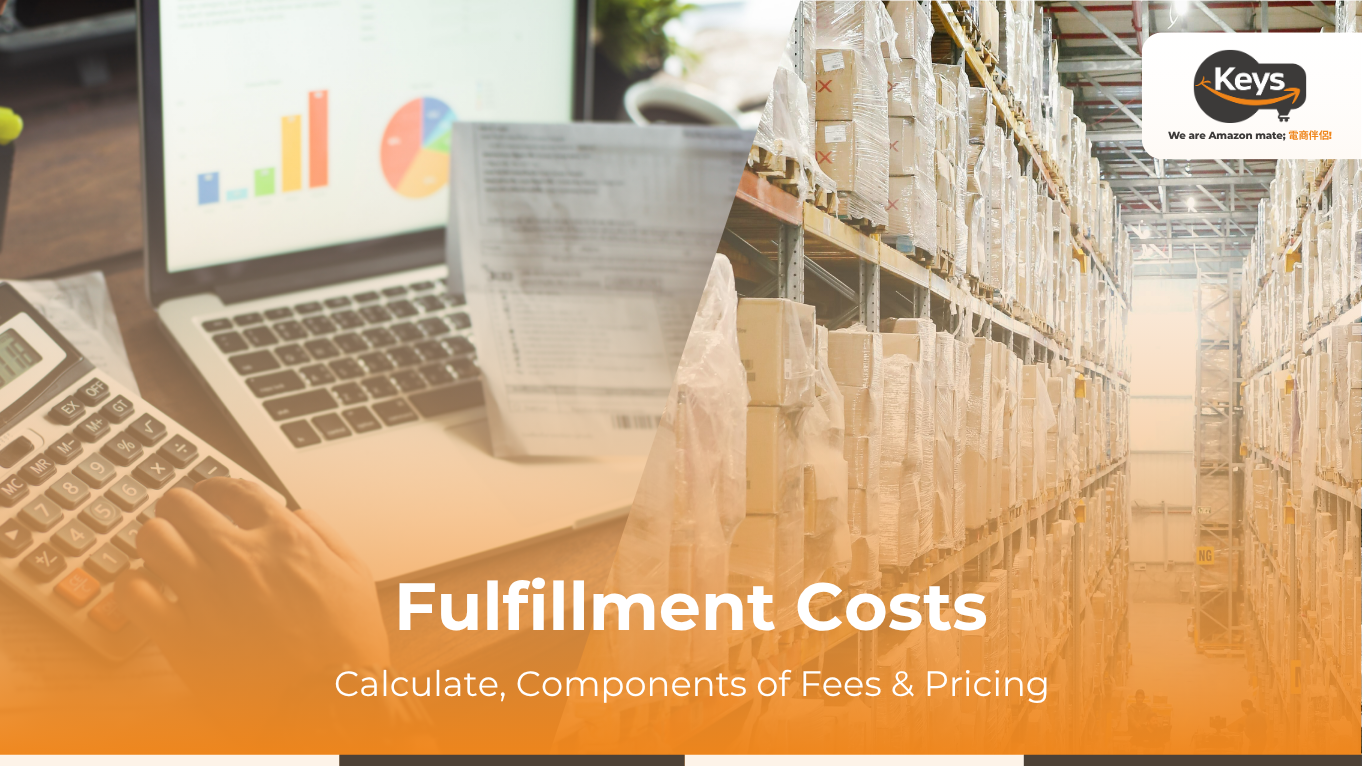Understanding fulfillment costs is essential for businesses aiming to optimize their supply chain and maintain profitability in today’s competitive e-commerce landscape. From warehousing and order processing to packaging and shipping, every step of the fulfillment process incurs specific charges that can impact your bottom line. In this article, we’ll break down the key components of fulfillment costs, explore how to calculate them accurately, and highlight strategic ways to reduce expenses by partnering with the right 3PL provider.
What is a Fulfillment Cost?
Fulfillment costs refer to the total expenses incurred throughout the order fulfillment process, encompassing inventory receiving, storage, order processing, picking, packing, and shipping. These costs can vary significantly depending on the 3PL provider, order volume, pricing structure, and the level of value-added services required. In the context of retail and e-commerce logistics, understanding and managing fulfillment costs is critical to maintaining operational efficiency and optimizing profit margins.

What are the components of fulfillment costs?
Understanding the components of fulfillment costs is essential for businesses looking to optimize their logistics operations and manage expenses effectively. Here are the key components that contribute to the overall fulfillment costs:
Initial setup costs
Initial setup costs are incurred when establishing a relationship with a fulfillment provider. This includes expenses related to integrating systems, setting up accounts, and shipping inventory to the fulfillment center. These costs can vary significantly based on the complexity of the setup and the provider’s requirements.
Inbound shipping costs
Inbound shipping costs refer to the expenses associated with transporting products from suppliers or manufacturers to the fulfillment center. These costs can fluctuate based on shipping methods, distances, and the volume of goods being transported.
Receiving costs
Receiving costs encompass the labor and resources required to process incoming inventory. This includes inspecting, counting, and entering products into the inventory management system. Some fulfillment providers charge a flat rate or an hourly fee for these services.
Inventory storage costs
Inventory storage costs are incurred for the space occupied by products in the fulfillment center. These costs can be calculated on a per-pallet or per-cubic-foot basis and vary depending on the duration of storage and the type of products stored.

Pick and pack costs
Pick and pack costs are associated with the labor involved in selecting items from inventory and preparing them for shipment. This fee is typically charged per order or per item and can vary based on the complexity of the order.
Box and packaging fees
Box and packaging fees cover the materials used to package products for shipment. These costs can vary based on the type of packaging required, such as standard boxes or custom packaging solutions.
Custom labeling & order insert fees
These fees are charged for additional services such as custom labeling of products or including promotional materials and order inserts in shipments. The costs can vary based on the complexity and volume of the requests.
Kitting costs
Kitting costs are incurred when products are bundled together or assembled into a single package. This service is often used for promotional offers or to create product sets, and it typically involves additional labor and materials.

Outbound shipping costs
Outbound shipping costs refer to the expenses associated with delivering orders to customers. These costs can vary based on shipping methods, package sizes, and delivery speeds. Many fulfillment providers negotiate bulk shipping rates, which can help reduce these costs.
Returns processing & restocking fees
Returns processing and restocking fees are charged when customers return items. This includes inspecting returned products, restocking them if they are in sellable condition, and managing any disposal costs for damaged items.
Account management costs
Account management costs cover the administrative expenses associated with managing the fulfillment account. This may include customer service support and ongoing communication with the fulfillment provider.
Amazon FBA Fees
For businesses utilizing Amazon’s Fulfillment by Amazon service, specific fees apply, including storage fees for inventory held in Amazon’s warehouses and fulfillment fees for each order shipped. These fees can vary based on the size and weight of the products.
How to calculate fulfillment costs
Calculating fulfillment costs is crucial for businesses aiming to optimize their logistics operations and maintain profitability. Understanding these costs allows companies to set appropriate pricing strategies and identify areas for improvement. Here are three primary methods to calculate fulfillment costs:
Cost per order (CPO)
Cost per Order (CPO) is a key metric that helps businesses determine the average cost associated with fulfilling each order. To calculate CPO, use the following formula:
- CPO = Total Orders / Total Fulfillment Expenses
This calculation provides insight into how much each order costs to fulfill, enabling businesses to assess whether their pricing covers these expenses and to benchmark performance over time.

Cost per box (CPB)
Cost per Box (CPB) offers a more detailed view of fulfillment expenses, particularly for businesses that ship products in multiple boxes. To calculate CPB, apply this formula:
- CPB = Total Boxes Shipped / Total Fulfillment Expenses
This metric is particularly useful for understanding the costs associated with packaging and shipping, allowing businesses to optimize their logistics processes.
Cost as a percentage of sales
Calculating fulfillment costs as a percentage of sales provides a broader perspective on how logistics expenses impact overall revenue. To determine this percentage, use the following formula:
- Cost % = (Net SalesTotal / Fulfillment Costs) × 100
This calculation helps businesses evaluate their operational efficiency and compare their fulfillment costs against industry benchmarks, facilitating strategic decision-making.
Factors Affecting Fulfillment Costs
Understanding the various factors that influence fulfillment costs is essential for businesses seeking to optimize their logistics operations. Several key elements can significantly impact these costs, including:
- Fluctuating shipping rates: Shipping costs can vary due to factors such as fuel prices, seasonal demand, and carrier pricing strategies. Businesses must adapt to these fluctuations to maintain profitability and ensure competitive pricing for their customers.
- Packing material costs: The expenses associated with packing materials, such as boxes, bubble wrap, and tape, can fluctuate based on market conditions and supply chain disruptions. Rising costs for raw materials can directly affect overall fulfillment expenses.
- Inventory storage fees: Fulfillment providers typically charge fees for storing inventory in their warehouses. These fees can vary based on the amount of space utilized and the duration of storage, making effective inventory management crucial to minimizing costs.
- Fluctuating labor costs: Labor costs can vary significantly, especially during peak seasons when additional staff may be required to handle increased order volumes. Businesses must account for these variable labor costs in their fulfillment budgeting.
- Inconsistent order volumes: Businesses that experience seasonal fluctuations in order volumes may face challenges in managing fulfillment costs. Inconsistent order patterns can lead to inefficiencies and higher per-order costs, as fulfillment providers often offer better rates for higher volumes.
- Returns management costs: The cost of processing returns can add significantly to fulfillment expenses. This includes labor for inspecting returned items, restocking fees, and potential losses from damaged goods. Effective returns management strategies are essential to mitigate these costs.

Choosing a 3PL provider to reduce fulfillment costs
Selecting the right third-party logistics (3PL) provider is a critical decision for businesses aiming to minimize fulfillment costs while enhancing operational efficiency. Here are several key factors to consider when choosing a 3PL partner:
- Integration of software systems: A 3PL provider should offer seamless integration with your existing software systems, such as Order Management Systems (OMS) and Warehouse Management Systems (WMS). This integration is vital for real-time inventory tracking, order processing, and data management, which can significantly reduce fulfillment costs by streamlining operations and minimizing errors.
- Strategic location: The geographical positioning of a 3PL’s warehouses plays a crucial role in fulfillment efficiency. Providers with strategically located fulfillment centers can reduce shipping times and costs, ensuring faster delivery to customers. This not only enhances customer satisfaction but also lowers transportation expenses, which are a significant component of overall fulfillment costs.
- Industry expertise: Partnering with a 3PL that has extensive experience in your specific industry can lead to more effective logistics solutions. Industry expertise allows the provider to understand unique challenges and requirements, enabling them to implement best practices that optimize fulfillment processes and reduce costs.
- Negotiating power: Established 3PL providers often have strong relationships with carriers and suppliers, giving them the leverage to negotiate better shipping rates and terms. This negotiating power can translate into lower shipping costs for your business, which is essential for maintaining competitive pricing and improving profit margins.

Fulfillment costs FAQ
Are fulfillment costs cogs?
Yes, fulfillment costs are considered part of the Cost of Goods Sold (COGS). They include direct costs associated with producing and delivering products, such as packaging and shipping expenses, which fall under overhead costs.
What are contract fulfillment costs?
Contract fulfillment costs refer to the expenses incurred when a business engages a third-party logistics provider (3PL) to handle its order fulfillment. These costs can include storage fees, labor for picking and packing, and shipping charges, all governed by the terms of the contract with the 3PL.
What are fulfillment and service fees?
Fulfillment and service fees encompass all charges related to the logistics of processing and delivering orders. This includes costs for receiving inventory, storing products, picking and packing orders, and shipping them to customers. Additional service fees may apply for value-added services like kitting or custom packaging.
How to calculate fulfillment cost per order?
To calculate the fulfillment cost per order, divide the total fulfillment expenses by the total number of orders processed during a specific period. The formula is:
- CPO = Total Orders / Total Fulfillment Expenses.
This metric helps businesses understand their average cost to fulfill each order.
What do fulfillment fees include?
Fulfillment fees typically include a variety of costs such as:
- Receiving and storing inventory
- Picking and packing orders
- Shipping charges
- Packaging materials
- Returns processing fees
To sum up, understanding fulfillment costs is essential for businesses aiming to maintain healthy margins and improve operational efficiency. From setup fees to shipping charges, each cost component plays a vital role in the overall logistics budget. By closely analyzing these expenses and choosing the right 3PL partner, businesses can optimize their fulfillment strategy and scale effectively.
Looking to reduce your fulfillment costs? Contact Keys Logistics today to explore our tailored 3PL solutions designed to streamline your supply chain and drive growth.












 Tiếng Việt
Tiếng Việt 中文 (中国)
中文 (中国)

